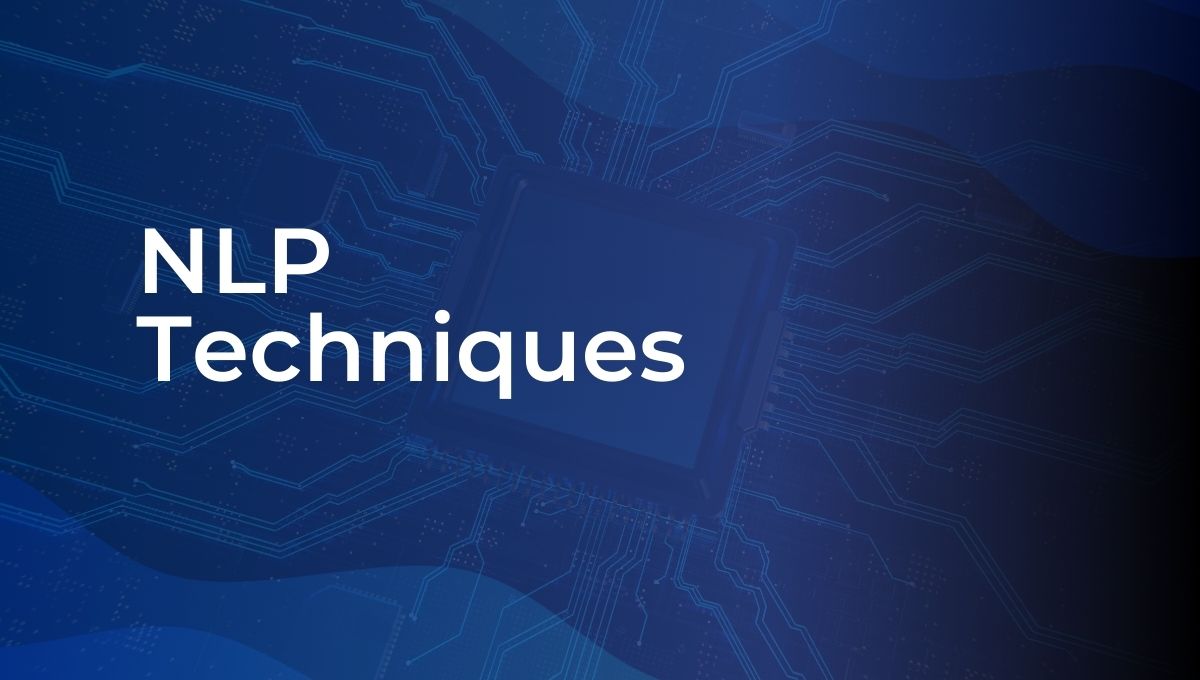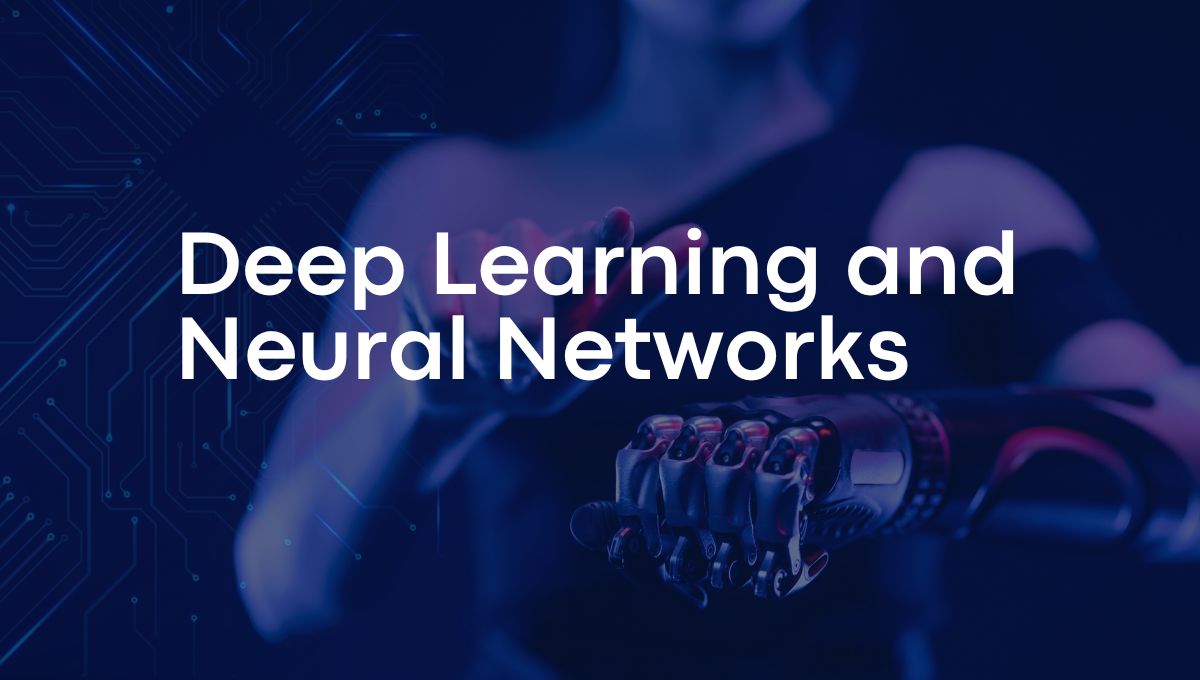Strategic leadership plays the role of steering in modern fast-paced business as an organ for organisations to orient themselves toward growth and sustainability. In this case, the most important features include vision and mission-a blueprint for making decisions to keep all different levels at a given organisation in tow. According to research studies, “Companies are increasingly looking for executives who can drive strategic initiatives, manage cross-cultural teams, and adapt to changing market dynamics.”
This article presents the importance of a vision and mission statement to Strategic Leadership, their implications for organisational alignment, leadership development, and strategic planning.
Strategic Leadership: The Basis of Organisational Success
Strategic leadership is about having the ability to predict the future, envision it for others, and provide opportunity for flexibility in an organization, while allowing others the power to create strategic planning. It involves the making of a clear vision statement and mission statement, explained to motivate teams toward an organizational alignment.
What are Vision and Mission Statements?
Vision Statement: A vision statement tells the future aspiration of the organization. It is able to put into picture what the future will come in, and more importantly a motivational tool.
Mission Statement: A mission statement is stating the very reason behind the formulation of the organisation; it relates to describing its purpose, fundamental values and goals an organisation wants to achieve now.
The two statements form the basis of strategic planning because they form a structure through which decisions are taken.
Vision and Mission in Strategic Leadership
Achieving Organisational Alignment: An organisational vision and mission forms a common sense in an organisation. They bring align among objectives by an individual and set of objectives that an organisation sets up.
Strategic leaders base the goals, strategies, and resource use on the foundation of vision and mission statements.
Instructs in the establishment of a robust organisational culture
The statements reflect the beliefs and guiding principles of the organisations hence can be useful in creating an integrated motivated workforce.
Facilitates leadership development: They are more of a guide to leaders at all levels about their choices thus allowing them to concentrate upon long-term directions.
Benefits of a vision and mission towards strategic leadership
Motivates and inspirits teams: To get employees to give out the best towards innovation as well as collaboration, a vision and mission gives.
Gives Direction: These statements are like a compass that will guide an organization to stay on its course in pursuit of the long-term direction.
Makes Better Choices: Strategic leaders implement vision and mission in creating decisions that will fit with the way of the organisation.
Boosts Stakeholders’ Confidence: Investors, customers, and partners will believe and invest in clear purposeful and directionful organisations.
Examples of Company Vision and Mission Statements
Apple Inc.
“Mission Statement: To leave the world better than we found it through making the best products on earth.”
“Mission Statement: Innovate and engineer our way to bring people the best user experience in innovative hardware, software, and services.”
Tesla
Vision: Become the most inspiring car company of the 21st century by leading the world to electric transportation.
Mission: Accelerate a world of sustainable energy.
This is just some of the ways by which vision and mission statements formulate strategic planning and innovation.
Crafting an Actionable Vision and Mission Statement
How to Pen a Good Vision Statement?
Inspiring yet achievable.
Simple and straightforward.
Long term.
How to Pen a Good Mission Statement
Clearly state the purpose of the organisation and what it stands for.
Engage critical stakeholders. That is customers and employees.
Short and relevant
The strategic leaders should feel that these statements apply to their team and stakeholders.
Vision and Mission is aligned to Organisational Strategy
Organisational Alignment through Vision and Mission
Strategic leaders can see everything in the organisation say operations or marketing aligns to the vision and mission. Consistency is enforced thus performance in the organisation is maximised.
Role of Vision and Mission in Leaders Development
The role of leadership development initiatives has usually revolved around how personal styles of leadership have to work with the vision and mission of the organisation.
How Professional Development Enables Strategic Leadership
Professionals seeking to become a strategic leader need higher-order training with live challenges. The IIM Nagpur Global Senior Executive Leadership Program is designed to hone the skills and develop the insight required to master the most complex landscapes of an organisation.
About the Global Senior Executive Leadership Program
Empower Your CXO Career
This CXO immersion program at IIM Nagpur is meant for the next-generation CXOs, where they will be equipped with advanced training in strategic leadership, business innovation, and operational excellence.
Tailor-made Leadership Program
Students will be given the freedom to fashion their learning path according to their professional interest. They will be able to select one of the available executive roles – Finance, Operations, HR, Technology, etc.
Case-Based Learning
Real-life case studies from leading global organisations would give insights into complex challenges and effective solutions.
Industry Veteran Masterclasses
Study from experienced CXOs through masterclass sessions that infuse academic learning with practice in class rooms.
Networking opportunities
The campus immersion program at IIM Nagpur allows building up networks across the globe and benchmarking best practices with peers as well as industry leaders.
Chamber Consulting to grow personally
Participants are provided with one-to-one coaching to develop perfect leadership and actualise their full potential.
Frequently Asked Questions about Strategic Leadership
What is strategic leadership?
Strategic leadership helps the organisation achieve long-term success by anticipating obstacles, clearly defining a vision, and matching available resources with efforts.
Why do organisations need vision and mission statements?
They give direction, motivate teams, and help employees align individual goals with that of the organisation.
How do I develop strategic leadership?
Advanced leadership programme such as IIM Nagpur’s Global Senior Executive Leadership Program help hone these skills.
What are the characteristics of a good vision statement?
A good vision statement should be inspiring, concise, and aligned to the long-term goals of the organisation.
How do vision and mission statements impact organisational culture?
They define the organisation’s values and priorities and work toward building a harmonious and motivated workforce.
Conclusion
Mission and vision statement are the most important elements of Strategic Leadership – clarity, alignment, and inspiration it brings to the minds of people. Long-term goals and clear purpose of showing leaders a possible success drive of the organisation lie at the heart of them.
With a customisable curriculum, case-led learning, and networking events, the Global Senior Executive Leadership Programme offered by IIM Nagpur in collaboration with Imarticus Learning is definitely a strategic leadership mastery opportunity in the making for professionals and enables a leader not just to tackle the complexity of things with modern business but also does wonders in the more mature executive roles.
Align your skills toward the organisation’s vision and mission, help in choosing your leadership journey, and reaching the heights for new career advancement.







